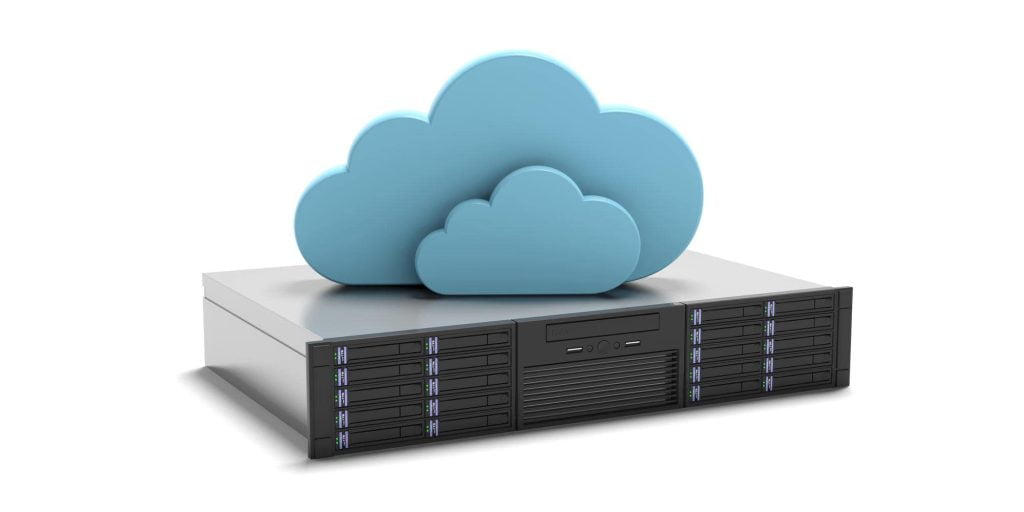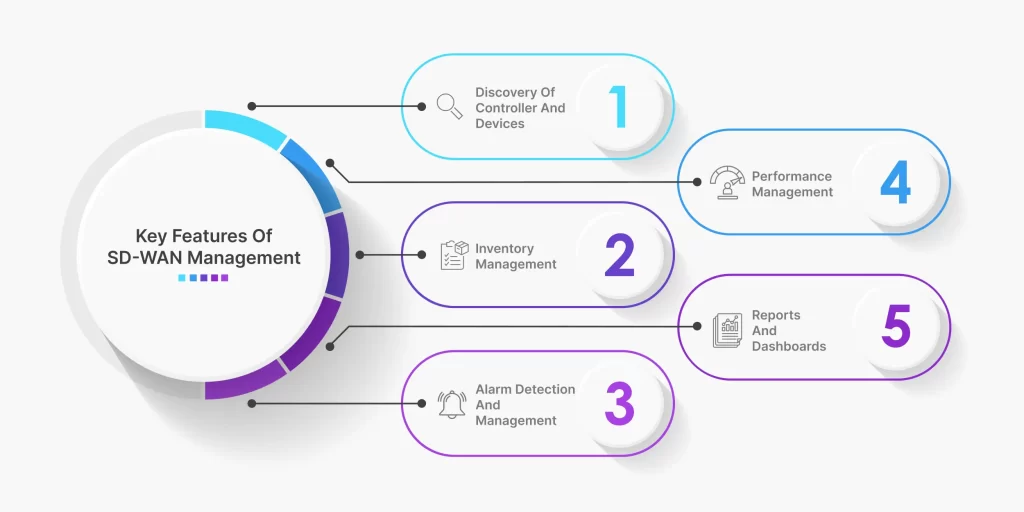Deploying Software-Defined Wide Area Network (SD-WAN Management) is no small feat. It’s a journey that often spans months, filled with technology reviews, inquiries from senior stakeholders, and rigorous justifications for the purchase. However, once SD-WAN is deployed, challenges emerge when the network falters or performance dips, leaving teams in a scramble to pinpoint the root cause.
For organizations hesitant about SD-WAN or those with only partial deployments due to such challenges, there’s hope. After all, the landscape of monitoring has changed, introducing better, smarter, and more dynamic options that are reshaping SD-WAN management practices.
Related article: What Are the Top Network Automation Trends In 2024?
What is SD-WAN Monitoring and Management?
SD-WAN, or Software-Defined Wide Area Network, revolutionizes how enterprises manage and operate their network infrastructure. By extending software-defined networking (SDN) principles, SD-WAN securely connects users and devices, simplifying the control over IT infrastructure.
Hence, it is possible to confirm vigilant monitoring of all critical parameters post-deployment to ensure smooth operations within the enterprise network.
Successful SD-WAN monitoring depends on employing the right software, one that offers a full view of the WAN and security infrastructure. Such software empowers IT managers with the ability to access and analyze live data on network traffic, applications, devices, and security events seamlessly.
This level of visibility is crucial for pinpointing, diagnosing, and resolving issues while enabling the shift from traditional MPLS-based services to modern hybrid SD-WAN services.
Role of Remote Monitoring and Management in SD-WAN

Remote monitoring and management (RMM) tools, as part of the SD-WAN management toolkit, allow for the continuous surveillance of network performance and health from a central location.
So, it becomes easy to manage and resolve issues without needing of physical presence at the site. This capability is crucial for SD-WAN environments, where the geographical dispersion of network endpoints can pose significant challenges to traditional management approaches.
Highlights of SD-WAN Management
Real-time network performance tracking
SD-WAN management enables businesses to monitor network performance in the real-time, ensuring that end-users receive the best possible experience. This aspect is crucial for identifying and resolving issues before they impact productivity or customer satisfaction. Endpoint management software is integral to this process, providing the right tools for managing devices that access the network and ensuring optimal performance at all times.
Frequent SD-WAN network testing (with synthetic traffic)
Regular testing with synthetic traffic is important for assessing the health of an SD-WAN network. This proactive approach helps in identifying potential problems and bottlenecks before they affect real traffic, ensuring the network remains robust and reliable.
Measurement of multiple classes of services (CoS / QoS)
SD-WAN management enables the accurate measurement and management of different classes of service for effective prioritization of critical applications and services. This is important for maintaining quality of service and ensuring that key applications have the necessary bandwidth and resources to perform optimally.
Performance monitoring of various connections
By keeping a vigilant eye on the performance of all connections, SD-WAN management guarantees that any issues with connectivity are quickly identified and addressed. This comprehensive monitoring is supported by endpoint management software, which is crucial for maintaining visibility across the network.
Key Features of SD-WAN Management

Discovery of controller and devices
SD-WAN management helps automatically discover and integrate controllers and devices into networks. It simplifies the setup and ongoing management of the network, ensuring that all components are correctly configured and communicating. The automatic discovery mechanism reduces manual configuration errors and accelerates deployment processes.
Hence, organizations can scale their networks and incorporate new technologies as they evolve.
Inventory management
It makes sure that administrators can quickly assess their network infrastructure, plan for upgrades, and manage licenses. Additionally, a well-maintained inventory aids in security compliance, as it allows for the quick identification of unauthorized or non-compliant devices, further securing the network against potential vulnerabilities.
Alarm detection and management
By quickly detecting and managing alarms, SD-WAN management systems enable network administrators to respond fast and minimize potential disruptions. Endpoint management software plays a key role here, alerting administrators to problems with endpoints that could indicate wider network issues.
This proactive approach to alarm management offers network reliability and maintains optimal performance by addressing problems before they escalate.
Performance management
SD-WAN management provides extensive tools for tracking and optimizing network performance. It includes monitoring bandwidth usage, application performance, and overall network health, ensuring that the network meets the business’s needs.
The ability to continuously monitor and adjust network performance in real-time allows businesses to adapt to changing demands, improving user experience and supporting critical business applications without interruption.
Reports and dashboards
Advanced reporting and dashboard capabilities offer administrators insights into network operations. These make sure that valuable data is always available to enhance decision-making, improve network performance, and help justify investments in network infrastructure.
Customizable reports and interactive dashboards make it easier for decision-makers to understand network trends and identify improvement areas in future network planning and optimization strategies.
Related blog: What is SD-WAN?



















